1. Jumanji (1995)
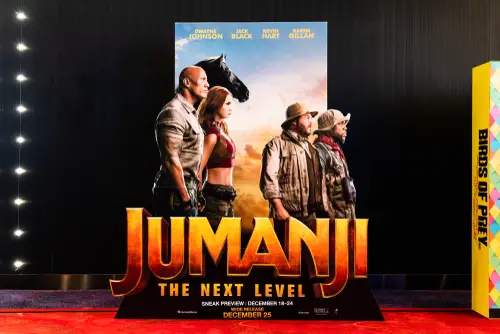
Board games were already a staple of childhood, but Jumanji made them feel alive—literally. Watching a game take over the real world brought an ordinary pastime into the realm of epic adventure. For kids, it was terrifying and thrilling in equal measure. The idea that something mundane could become dangerous stuck with them.
It also offered an unusual take on consequences. Every roll of the dice had stakes, and kids couldn’t escape the results. That lesson went down easier wrapped in jungle animals and Robin Williams’ humor. The movie wasn’t just fun—it nudged kids toward thinking about responsibility and risk.
2. The Sandlot (1993)
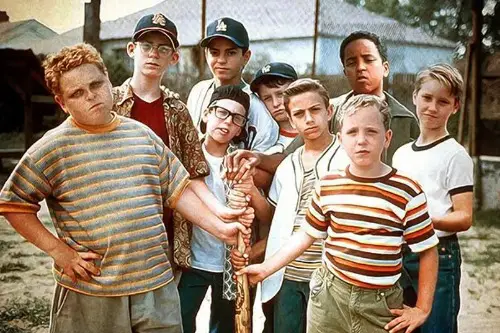
For many kids in the ’90s, The Sandlot wasn’t just about baseball—it was about friendship, nostalgia, and summer freedom. The film tapped into that universal feeling of being the new kid trying to fit in. Its iconic moments, like “You’re killing me, Smalls,” seeped into playground chatter for decades. Without trying to, it taught kids about belonging and the bittersweetness of growing up.
What’s striking is how quietly it became a rite of passage for young viewers. It wasn’t a huge box office success at first, but home video and TV reruns turned it into a cultural staple. Kids who weren’t even into sports found something to relate to in its scrappy group dynamic. It gave American childhood an identity that was as much about imagination and mischief as it was about games.
3. Matilda (1996)
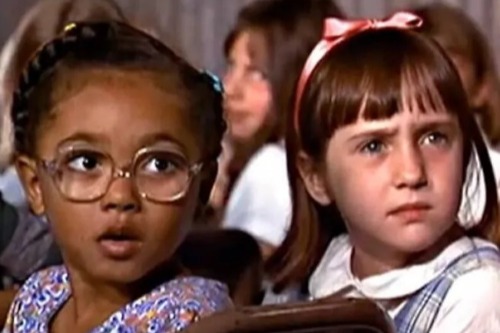
Matilda gave kids the fantasy of having power in a world where adults often seemed unfair or downright cruel. The story resonated because it acknowledged that childhood could be frustratingly powerless. Seeing Matilda outsmart the terrifying Miss Trunchbull was cathartic for anyone who’d ever been underestimated. It reinforced the idea that cleverness and kindness could win in the end.
What’s easy to overlook is how much the movie quietly shaped children’s views of authority. It suggested that not every adult deserved respect simply because of their age or position. That’s a pretty radical idea for a kids’ movie at the time. The film normalized questioning unfair rules and finding your own voice.
4. The Brave Little Toaster (1987)
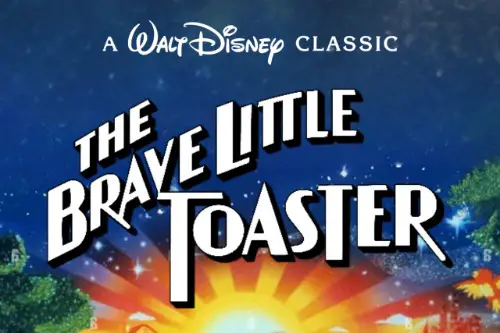
On the surface, it’s a story about appliances coming to life. But The Brave Little Toaster actually dug into surprisingly deep themes for a kids’ movie. Abandonment, loss, and the fear of being replaced were heavy ideas for young viewers to process. Yet the film introduced them gently, wrapped in catchy songs and quirky animation.
For kids, this movie planted the seeds of empathy for inanimate objects, which carried over to how they treated their own toys. It wasn’t as massive a hit as Disney’s mainline films, but it stuck in the minds of children who saw it. Later movies like Toy Story clearly borrowed some DNA from it. Without much fanfare, it reshaped how kids saw attachment and value.
5. A Goofy Movie (1995)
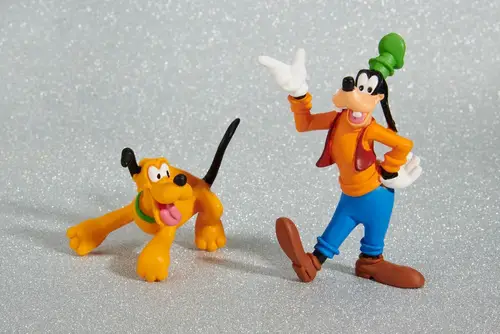
At the time, A Goofy Movie seemed like just another Disney spin-off. But it ended up hitting a generation of kids right in the heart. The film balanced slapstick comedy with an unexpectedly emotional father-son story. For kids navigating their own awkward family relationships, it rang painfully true.
The soundtrack and cool teen energy also gave it lasting power. Songs like “Eye to Eye” became unofficial anthems for kids who wanted to be understood. Over time, the movie went from overlooked to cult classic, especially among millennials. Without ever aiming for it, it defined what growing up in the mid-’90s felt like.
6. The NeverEnding Story (1984)
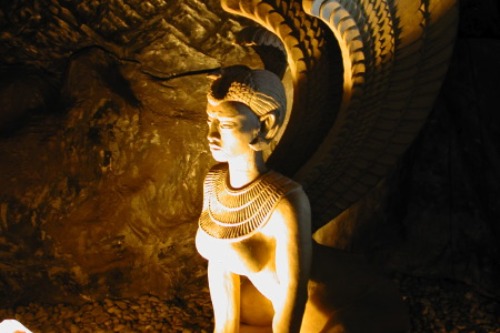
This German fantasy import was unlike anything American kids had seen. It was darker, moodier, and more mysterious than typical children’s fare. Scenes like Atreyu’s horse sinking into the Swamp of Sadness left kids shaken. But it also gave them permission to sit with sadness and wonder.
The film suggested that stories themselves had the power to shape reality. That’s a massive idea for young minds, planting seeds about imagination and responsibility. It wasn’t marketed as a “teachable” film, but it ended up shaping how kids viewed books and stories. It quietly encouraged a generation to see themselves as part of larger narratives.
7. Honey, I Shrunk the Kids (1989)

This quirky adventure movie gave kids a different kind of fantasy: being small in a big, overwhelming world. Suddenly, backyards were jungles, ants were allies, and cereal bowls were deadly hazards. The story turned everyday objects into epic obstacles, firing up imaginations across the country. It made the familiar feel magical, which is exactly what kids crave.
The movie also reinforced the theme of family reconnection. Parents learning to appreciate their kids and kids realizing their parents’ care was just as important as the wild effects. It wasn’t heavy-handed, though—the message snuck in while audiences were distracted by giant cookies and lawnmowers. That subtle mix of spectacle and heart shaped how kids thought about adventure in their own backyards.
8. Home Alone (1990)
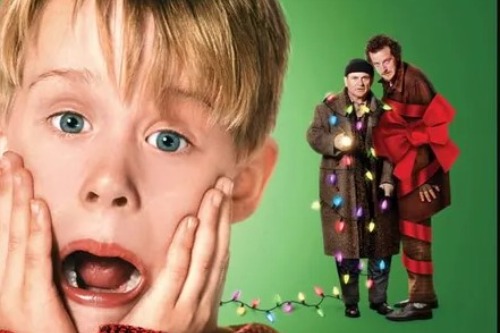
Home Alone wasn’t just a holiday comedy—it was a power fantasy for kids everywhere. The idea of being left behind and having the house to yourself was thrilling. Add in booby-trapping bumbling burglars, and suddenly every child was imagining themselves as Kevin McCallister. It turned resourcefulness into a form of heroism.
At the same time, the movie underscored how much family mattered. Kevin went from gleeful independence to aching loneliness, showing both sides of freedom. That emotional turn kept it from being just slapstick. Kids absorbed both the fun and the deeper lesson, often without realizing it.
9. The Land Before Time (1988)
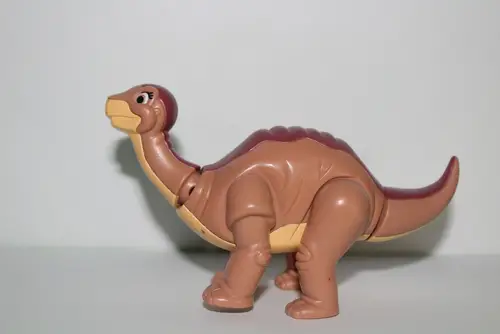
This wasn’t just another dinosaur cartoon—it was heartbreak in animated form. The loss of Littlefoot’s mother left kids stunned and teary-eyed. But it also introduced the concept of grief in a way that was accessible. For many, it was their first encounter with loss through a story.
The movie balanced that pain with hope, emphasizing friendship and perseverance. The journey to the Great Valley became a metaphor for resilience. It didn’t sugarcoat sadness but showed kids they could move through it. That lesson quietly shaped how they handled tough emotions later in life.
10. Space Jam (1996)
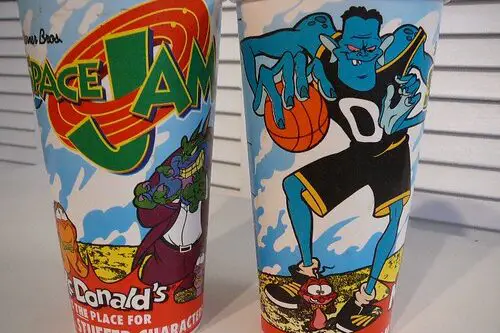
At first glance, Space Jam seemed like a bizarre mash-up: basketball star Michael Jordan and the Looney Tunes. But it became a cultural event that blended sports, cartoons, and celebrity culture. Kids who didn’t even watch basketball suddenly cared about it. It made athletics cool in a new way.
The movie also normalized the merging of pop culture worlds. Cartoons and athletes weren’t supposed to collide, but here they did—and it worked. For kids, it suggested that boundaries between genres didn’t matter if the story was fun. That mindset paved the way for the crossover-heavy media they’d consume later.
11. The Secret Garden (1993)
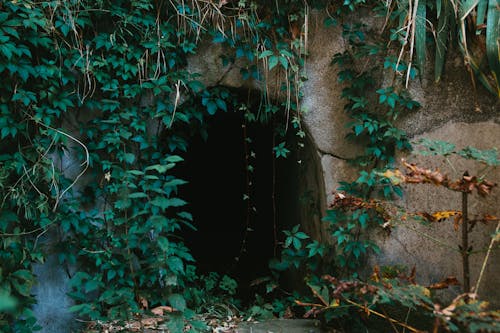
This quiet film didn’t scream “childhood classic” at the time, but it had a lasting impact. Its story of hidden spaces and personal healing spoke to kids in subtle ways. The idea of a secret, magical place where you could work through your feelings resonated deeply. It was about finding beauty and hope in forgotten corners.
For many children, it was an introduction to themes of grief, loneliness, and renewal. It treated those feelings seriously instead of brushing them aside. That respect for young viewers’ inner lives made it stand out. Without flashiness, it quietly shaped how kids understood resilience and self-discovery.
12. Hocus Pocus (1993)
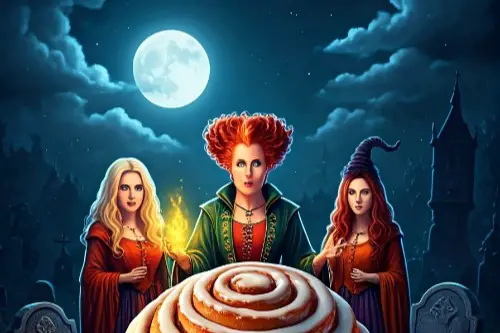
When it came out, Hocus Pocus wasn’t a blockbuster. But for kids, it became a Halloween staple almost instantly. Its mix of campy humor, spooky witches, and mischievous fun hit the right balance. It made October feel like it belonged to children in a new way.
The movie also gave kids a sense of ownership over holiday traditions. While adults might see it as silly, kids saw it as theirs. It’s part of why it resurged years later as a cult classic. Without aiming to, it permanently reshaped what Halloween looked like for American childhood.
13. Rookie of the Year (1993)
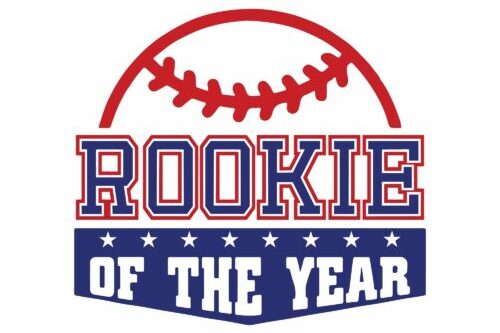
This underdog sports comedy tapped into the ultimate childhood wish: suddenly being great at something. When a boy breaks his arm and ends up pitching for the Chicago Cubs, kids everywhere latched onto the fantasy. It suggested that ordinary kids could step into extraordinary roles. That idea never really left them.
The film also quietly celebrated teamwork and humility. Even with his sudden talent, Henry had to learn about responsibility and respect. It wasn’t a lecture—it was woven into the humor and wish fulfillment. That balance made it quietly influential on how kids saw dreams and discipline.
This post 13 Movies That Shaped American Childhood Without Anyone Noticing was first published on American Charm.


